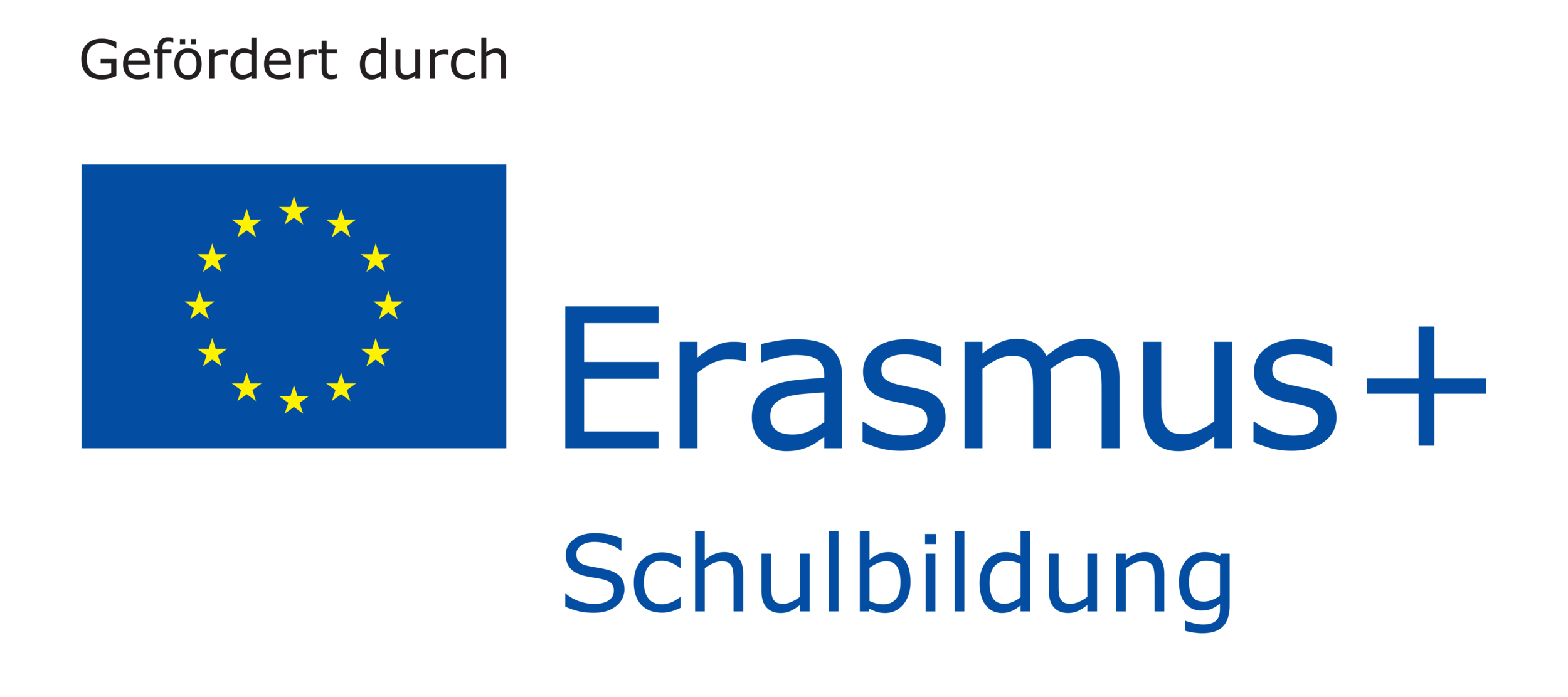Environment
WHAT IS ProSILIENCE?
As this section has demonstrated, quality care and opportunities for learning as well as fulfilling a child's basic human needs can all help to influence positive development of social, cognitive and self-regulatory skills. When young children have healthy relationships and good adaptive resources at their disposal, their ability to learn prosilience will be much greater so long as their relationships and protective skills continue to function in a positive way.
Rana’s ability to learn and build prosilience can be at risk if the factors mentioned above are harmed or disrupted. It is the job of the family to first begin the fostering of prosilience in their children through love, care, cognitive stimulation, limits and structure in the home, as well as by then helping her educators to provide a positive environment in the kindergarten (Masten & Powell, 2003). When working together in this way, Rana’s parents and educators can ensure that she is able to enjoy the learning process and the mastering of new skills, thus having a positive impact on her prosilience development.
Prosilience is a very hopeful concept, the belief in the fundamental ability to change and the possibility of positive development, no matter the situation. It emphasizes the ability to act and to deal successfully with adverse living conditions. The concept of prosilience focuses on resources and competences and the power of positive thinking. It is about utilizing resources and eliminating or minimizing the negative impact of adversity on the path of development - in other words - how children cope with stress and mature to competent and mentally healthy adults.

